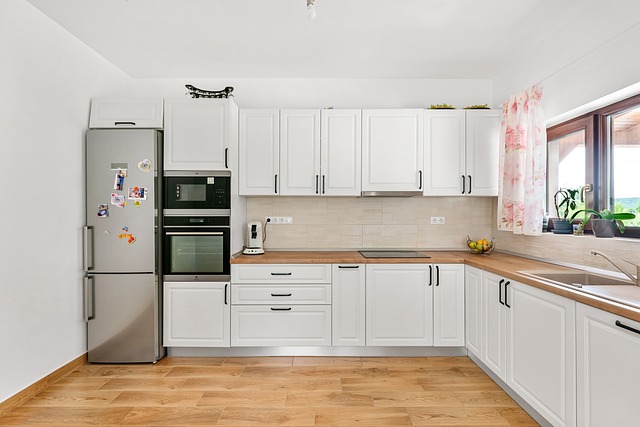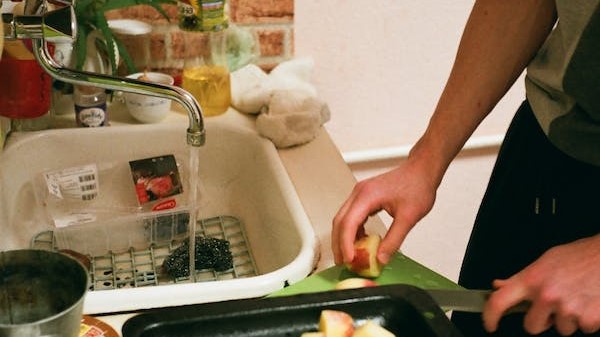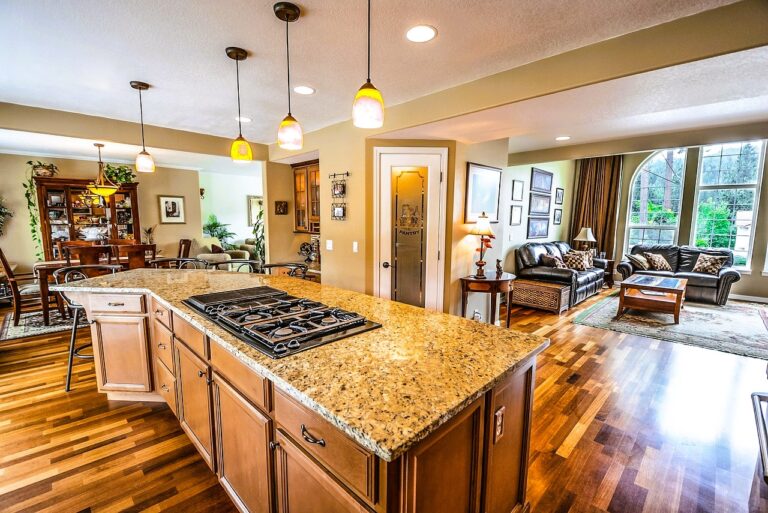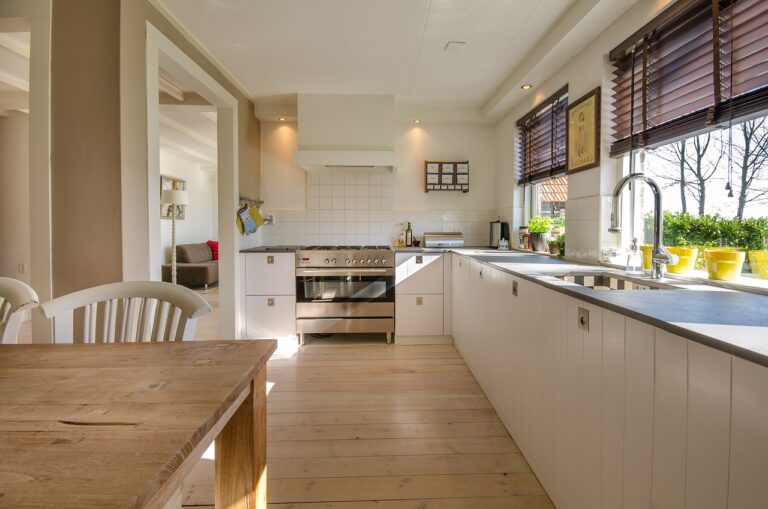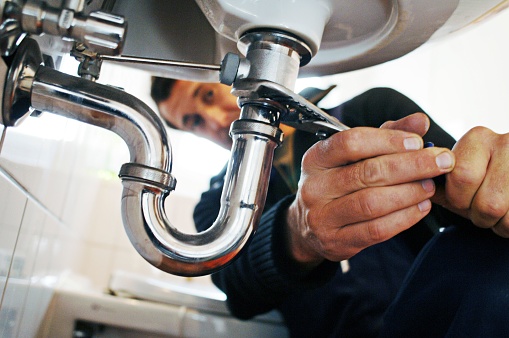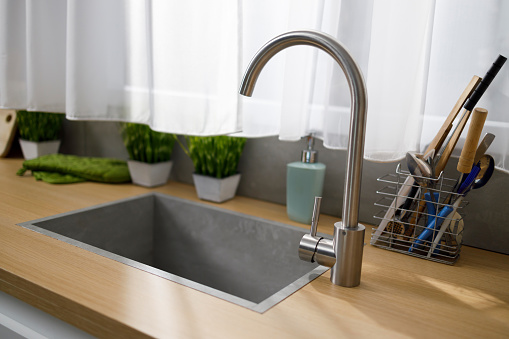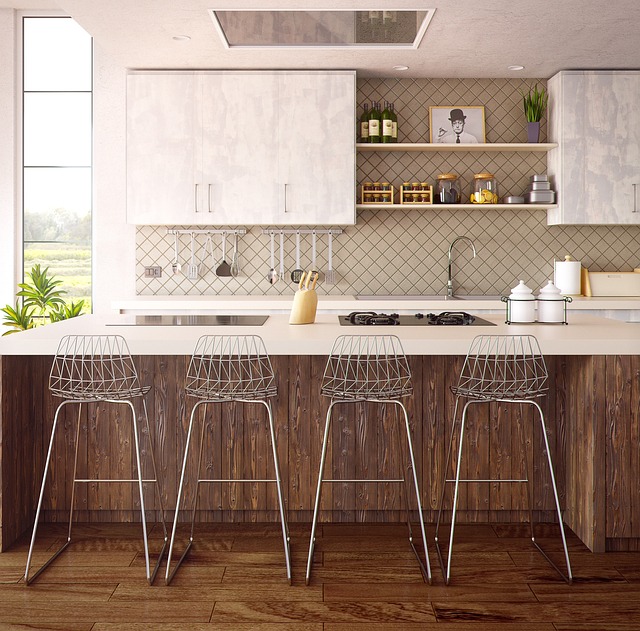A floating shelf above the kitchen sink makes the most of the room and looks good while doing its job. It keeps important things close at hand and clears off counters. This modern design feature makes your kitchen look better, whether you like clean lines and simple designs or a more rustic look. It’s useful and nice to look at.
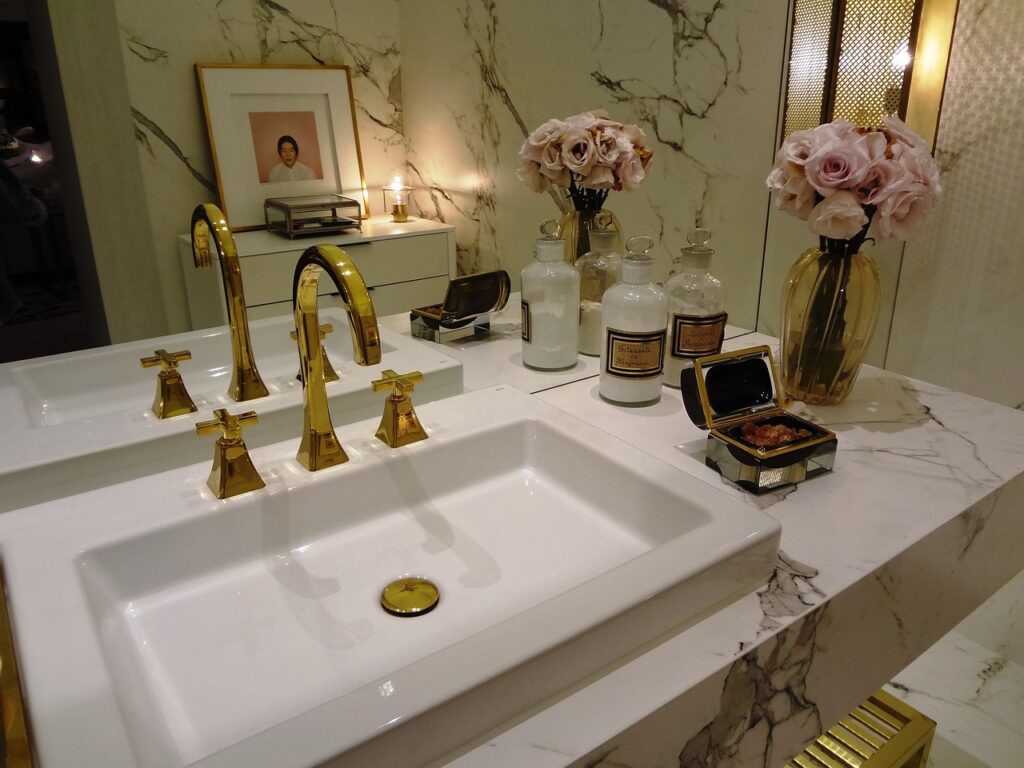
Why Install a Floating Shelf Above the Kitchen Sink?
One stylish and functional way to make the most of limited counter space is to install a floating shelf over the sink. It keeps counters organised and essentials within easy reach. In addition to their practical use, these shelves may be used to decorate the kitchen or display kitchenware, making them an attractive addition to any kitchen. Their adaptability makes them a good fit for both contemporary and more traditional kitchen designs.
Considerations Before Installing a Kitchen Sink Floating Shelf?
Think about the material, size, and weight capacity before you install a floating shelf over your kitchen sink. Select moisture-resistant materials, such as metal or treated wood, and pick a shelf size that suits the area without blocking it. Use the right wall anchors and brackets to hold heavy cookware and decorative items. The shelf’s usefulness and safety are guaranteed by these features.
Ideas for Decorating a Floating Shelves
Think about both form and function when you arrange a floating shelf over the sink in your kitchen. Arrange attractive elements like miniature plants or cookbooks beside practical objects like dishware. Avoid crowding by varying the heights of things to create the illusion of depth. One way to improve storage is to install hooks beneath so you can hang cups or utensils. Making sure everything looks good and works well is the most important thing.
Steps to Install a Floating Shelf Above the Sink
To make sure it is safe and stable, installing a hanging shelf above the sink needs to be carefully planned. First, get the right tools and materials, such as the right hooks and wall anchors for the weight of the things you want to store. If you’re putting the shelf up on plywood, you must use heavy-duty anchors because they give you more support. On the other hand, masonry walls are more stable and can hold more weight.
1. Measure and mark the wall:
To find the right height and length for your shelf, measure the room above the sink. Make sure it won’t get in the way of using the sink or the closet doors. Mark with a level where the brackets or fixing points will go to make sure the shelf sits level.
2. Put the anchors or brackets in place:
Drill small holes into the marked areas and then place the wall anchors that go with them. To make things stronger, use toggle bolts or expansion anchors on heavy items. If you use metal or wooden brackets, make sure they are level and properly spaced before screwing them into the wall.
3. Put the shelf up:
Make sure the floating shelf is firmly in place by putting it on the brackets or directly into the wall mounts. Put some light pressure on the shelf to see if it can hold the weight that is expected of it without tipping.
4. Final Changes:
Make sure the shelf is straight and that all the screws and bolts are tight. Before putting things on the shelf, make any necessary changes to make sure everything is safe.
It’s easy to put up a stylish hanging shelf above your sink if you follow these steps. It can be used for both practical and aesthetic purposes.
Final Thoughts
A hanging shelf above the kitchen sink is a stylish and useful way to add more storage space and improve the look of your kitchen. You can make a place that fits your style that works well and looks good by choosing the right materials, making sure they are installed correctly, and finding a balance between function and style.

